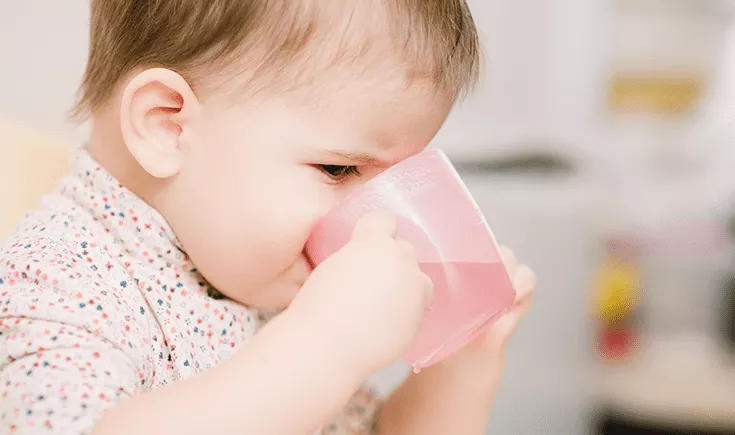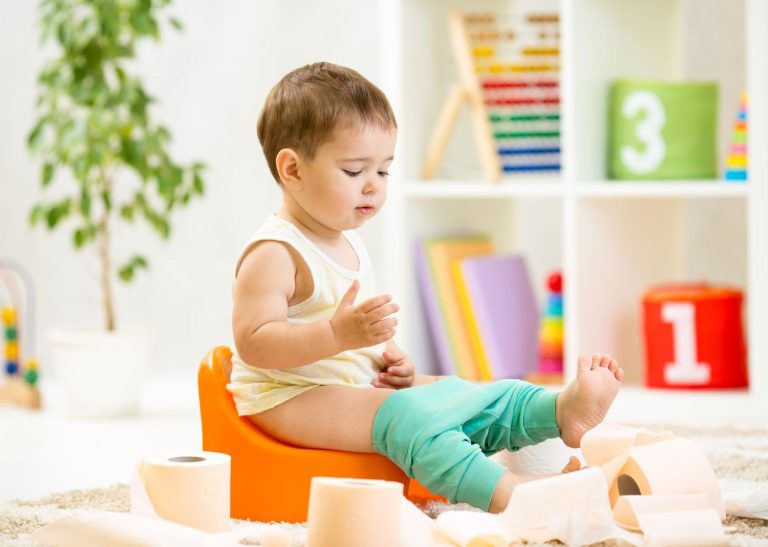Why Should Your Child Switch from Sippy Cups to Regular Cups?

Learn why switching from sippy to regular cups is crucial for your child’s development. Get tips for a smooth transition.
Why Should My Child Transition from Sippy Cups to Regular Cups?
Introduction:

Why should you move your child from sippy cups to regular ones? Sippy cups help little kids learn to drink from a standard cup after using a bottle. But there comes a time to say goodbye to them. Why? Using sippy cups for too long can affect how your child speaks and even their dental health. Plus, they can lead to tooth decay. It’s time to explore why, when, and how to make this critical switch in your child’s development journey.
Why Should My Child Stop Using a Sippy Cup?
Sippy cups facilitate the transition from bottle-feeding to regular drinking for toddlers. They’re fantastic for teaching our little ones how to sip without spilling, but there comes a point where we need to take them off.
Here’s why:
1. Oral Development:
Sippy cups, while handy, don’t encourage the same tongue and mouth movements as regular cups. This prolonged use can affect the development of speech and dental health.
2. Tooth Decay Risk:
Sippy cups can increase tooth decay, especially when filled with sugary beverages. Sipping sugary liquids throughout the day exposes those tiny teeth to sugar, which can eventually lead to those dreaded cavities.
3. Independence:
Transitioning to regular cups is like a rite of passage for kids. It’s a milestone in their development, fostering independence and that feeling of growing up.
At what age should I transition my child from a sippy cup?
Timing is critical, and it’s different for every child. Most kids can transition from sippy cups to regular cups between 12 and 24 months. But how do you know when it’s time?
Look for these telltale signs:
1. Interest:
If your little one starts showing interest in using a regular cup, that’s a clear signal they’re ready to make the switch.
2. Motor Skills:
They should be able to handle a regular cup without spilling it all over themselves. It includes holding it steadily and taking sips without creating a mini-flood.
3. Swallowing Skills:
Are you moving to a regular cup? First, ensure your child can sip, swallow, and handle liquids without choking. It’s essential for their safety. Let’s break it down simply.
How to Transition to a Regular Cup:
Are you worried about moving from sippy cups to regular ones? Don’t be! Transitioning can be smooth and stress-free.
Here’s a step-by-step guide on how to go about it:
1. Start Slow:
Begin with small sips from an open cup during mealtimes. It’s best to do this when your child is calm and sitting down. Opt for a small, child-sized cup to minimize those inevitable spills.
2. Be Patient:
Remember one crucial thing: patience when you’re helping your child transition to a regular cup. Brace yourself for spills and messes – they’re all part of learning. Encourage your child to take their time and use both hands if needed.
3. Offer Choices:
Make it exciting by letting your child choose their cup. Whether it’s a colorful plastic one or something that looks more grown-up, involving them in the decision can add a sense of adventure to the transition.
4. Lead by Example:
Want to teach your child to use a regular cup? It’s as simple as showing them how. Show your child how to do it. Take sips from a standard cup yourself, demonstrating the proper technique. Kids often learn by imitation.
Minimizing Messes During the Transition:
Switching from sippy cups to regular ones can get messy, but we have some easy tricks to help. Start with spill-resistant cups and use a little liquid in the standard cup. Praise your child when they sip well; remember, patience is the secret sauce – no need to scold for spills. They’re learning!
While a few messes are almost guaranteed, there are ways to keep them under control:
- Start with spill-proof or spill-resistant cups to ease into the transition.
- Only put a small amount of liquid in the regular cup to reduce the chances of a significant spill.
- Shower your child with praise and encouragement when they display good sipping behavior.
- Remember, patience is key – avoid scolding for spills. It’s all part of the learning process.
Conclusion:
Transitioning from sippy cups to regular cups is a significant step in your child’s development. It positively impacts oral health, fosters independence, and refines fine motor skills. The process may be gradual, with some spills along the way, but with patience, practice, and positive reinforcement, your child will master the art of sipping from a regular cup, furthering their growth and independence.






